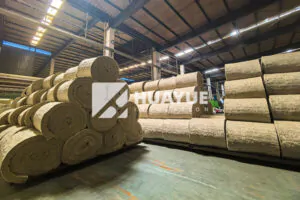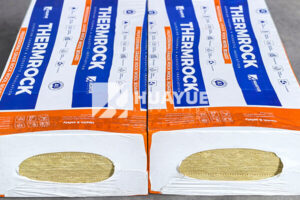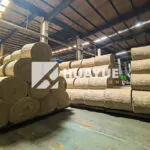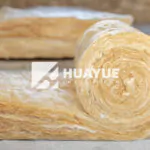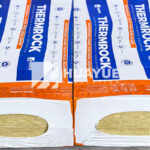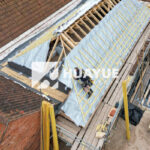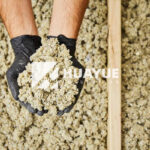Rock Wool For Exterior Walls: Should You Use It?
Rock wool for exterior walls tackles problems like heat loss, moisture, and fire risk in one solution that gives peace of mind and value.
Rock wool is an excellent option for exterior wall insulation because it resists fire, repels water, and increases thermal efficiency while maintaining breathability. It is durable, non-combustible, and easy to install outside.
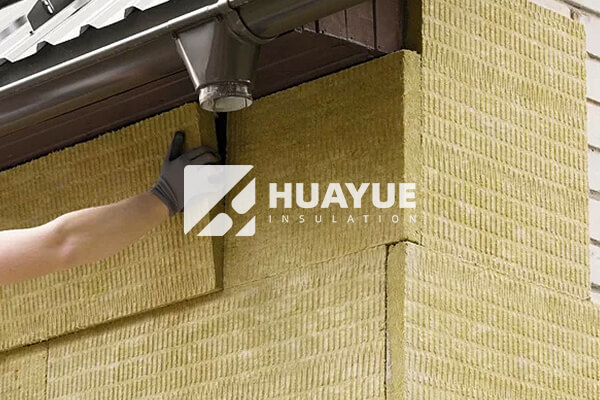
Rock wool has become a favorite choice for engineers and building owners because it solves real challenges. Exterior walls face harsh weather, heat loss, and moisture issues. Rock wool rises to meet those challenges every day. When I work with project managers or maintenance teams, we always discuss rock wool’s fire resistance and quick installation. That’s why more buildings use it for exterior walls. Let’s look closer at common questions and compare different insulation materials.
Can You Use Rock Wool On Exterior Walls?
Using rock wool on exterior walls solves the problem of fire risk, moisture buildup, and poor insulation with one product that works everywhere, in all climates.
Rock wool is suitable for exterior walls because it is non-combustible, water repellent, and maintains insulation performance against temperature changes, precipitation, and wind pressure.
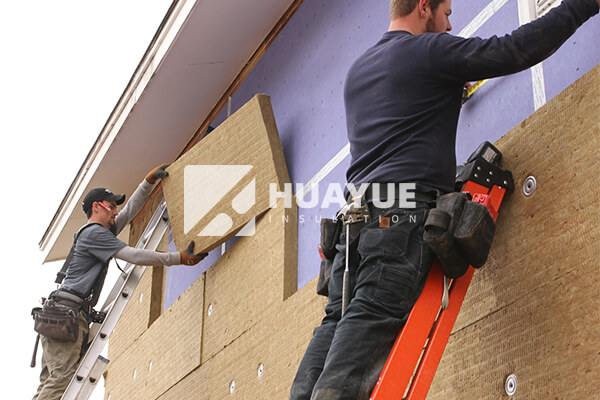
Rock wool performs well under many weather conditions. When I install it, I notice that it does not absorb water from rain or humidity. The fibers stay dry, which keeps the insulation value consistent over time. This makes it ideal for exposed exterior walls. It also withstands high summer heat and freezing winter temperatures. Building owners choose rock wool to meet strict fire codes. It is classed as A1, meaning it does not burn—even when exposed to open flame. Because it comes in rigid boards and batts, installation is fast. Contractors use rock wool for both new builds and renovations. For example, in my recent project, we replaced aging insulation with rock wool on an office building, and the client saw better energy savings and a safer building. Below is a comparison table showing key properties:
| Feature | Rock Wool | Polystyrene | Glass Wool | Polyurethane |
|---|---|---|---|---|
| Fire Resistance | Excellent | Poor | Good | Poor |
| Water Absorption | Very Low | Moderate | Moderate | Low |
| Breathability | High | Low | High | Low |
| Thermal Insulation | High | High | High | Very High |
| Environmental Impact | Low | Moderate | Low | High |
What Is The Best Insulation For Outside Walls?
Finding the best insulation for outside walls means solving energy loss, moisture, and fire safety with a solution that is strong, reliable, and long lasting.
Rock wool stands out as the best insulation for exterior walls because it combines fire safety, water repellence, sound dampening, and high thermal resistance in one material.
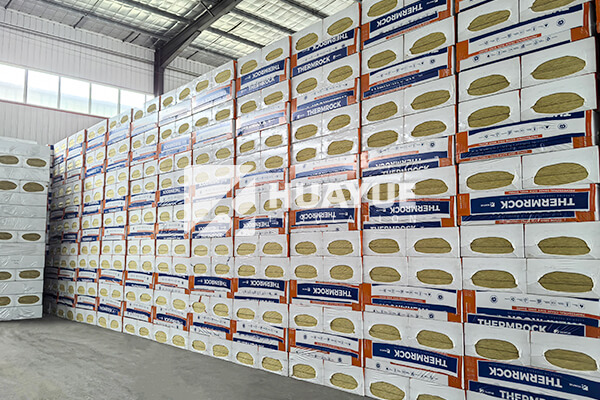
When I compare insulation types, I always look for durability. Rock wool does not degrade over time, and it tolerates repeated freeze-thaw cycles, which is critical for outside walls. Unlike polyurethane or polystyrene, rock wool does not release toxic gases in a fire. That makes it a safe option for schools, hospitals, or apartment buildings. Glass wool is another choice, but it can absorb water and compact over time. Mineral wool—especially rock wool—keeps its shape and insulation value. I often recommend rock wool for retrofitting older walls, too, where moisture resistance and breathability are very important. Clients who install rock wool notice quieter rooms thanks to its sound insulation. The best insulation for outside walls meets local safety codes, lasts at least 30 years, and saves energy in all seasons. Rock wool checks all these boxes.
| Criteria | Rock Wool | Glass Wool | Polystyrene | Polyurethane |
|---|---|---|---|---|
| Fireproof | Yes | Yes | No | No |
| Waterproof | Yes | No | Partial | Yes |
| Long Service Life | Yes | Moderate | Yes | Yes |
| Cost | Moderate | Low | High | High |
| Sound Insulation | Excellent | Good | Poor | Poor |
Can Rock Wool Be Used Outside?
Rock wool handles outdoor environments where rain, wind, and temperature swings challenge most insulation materials.
Rock wool can be used outside because it is hydrophobic, does not rot, and does not lose insulation value after years of weather exposure.
Rock wool installers prefer it for external facades, under stucco, and as part of rainscreen systems. It works in places with heavy rain, long winters, or intense summer heat. I’ve seen installed rock wool still dry and firm after years outside. Contractors submit samples to testing labs—after years in service—and the insulation still meets original ratings. That is why I often specify rock wool for external wall systems in commercial and industrial buildings. It is resistant to bacteria, mold, and rodents. When used with proper cladding, rock wool guards against HVAC leaks and energy losses. Building owners appreciate that it does not need replacement, unlike foam boards, which can warp and crack. With easy maintenance and minimal risk of water damage, rock wool is a strong choice for exterior use.
| Outdoor Property | Rock Wool | Foam Board | Glass Wool |
|---|---|---|---|
| Withstands Rain | Yes | Partial | No |
| Mold Resistance | Yes | Partial | No |
| Longevity Outdoors | Excellent | Good | Moderate |
| Fireproof | Yes | No | Yes |
What Is The Difference Between Mineral Wool And Rock Wool Insulation?
The difference between mineral wool and rock wool confuses many people, but helps choose the right material for each project.
Mineral wool is a family of insulation materials, and rock wool is a specific type made from volcanic rock with superior fire, thermal, and sound properties.
Mineral wool includes both rock wool and slag wool. Slag wool comes from industrial waste from steel manufacturing, while rock wool is made from basalt and diabase stone. Rock wool has a more uniform fiber structure. In my experience, rock wool resists fire better and does not break down as quickly as slag wool. Mineral wool, including both types, is hydrophobic and resists moisture. Rock wool is popular in exterior wall applications because it has higher density, better compressive strength, and tops safety standards. When clients ask about mineral wool versus rock wool, I explain that rock wool offers better fire safety and is trusted in more climates. Slag wool can be less expensive, but sometimes it is not as robust over many years. If the project calls for high safety and long life—for example, hospitals or refineries—I always select rock wool.
| Feature | Mineral Wool | Rock Wool | Slag Wool |
|---|---|---|---|
| Raw Material | Stone/Slag | Basalt | Furnace Slag |
| Fire Resistance | High | Very High | High |
| Durability | High | Very High | Moderate |
| Cost | Low/Moderate | Moderate | Low |
| Common Application | General | High-Safety | Industrial |
Conclusion
Rock wool delivers top safety, energy savings, and reliable performance for exterior walls—making it a strong choice for modern buildings.
You may also be interested in:
Ready to Get Started?
Get in touch with our experts for personalized solutions tailored to your needs.
Get Free QuoteLatest Articles
Let's Work Together
Ready to take your business to the next level? Get in touch with our team of experts and let's discuss how we can help you achieve your goals.
Get Free Solutions
